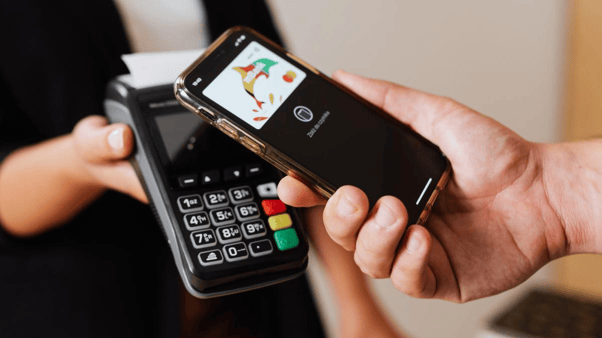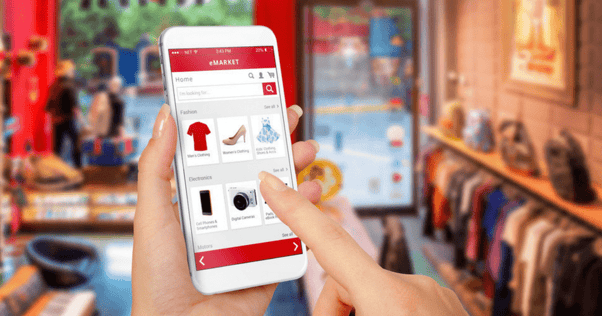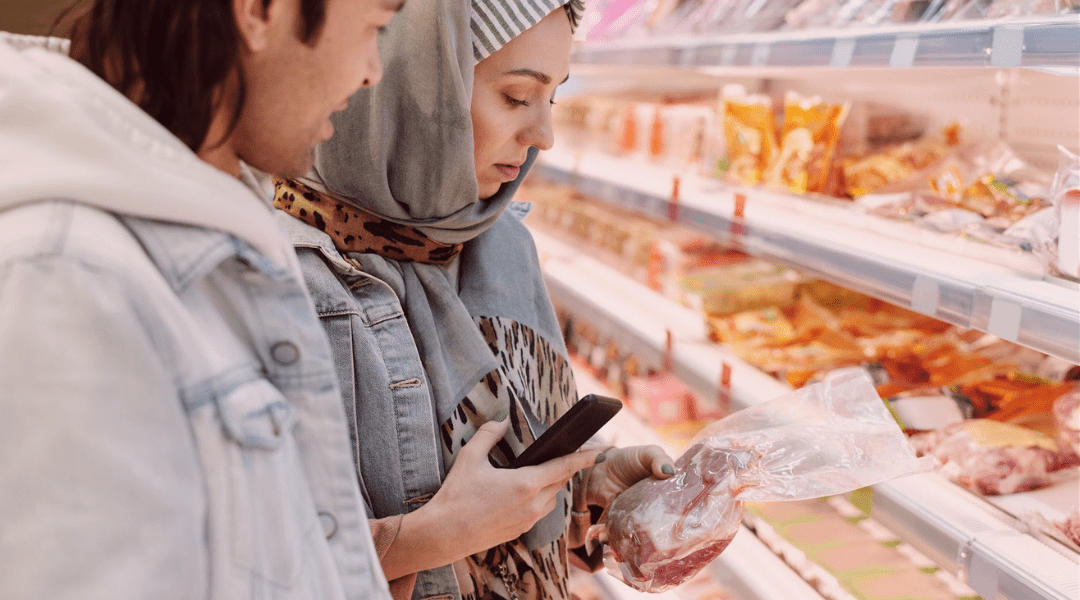Key points for m-commerce in 2021
COVID-19 has been an accelerator of both consumption and new habits on the part of the consumer and the ecosystem in general. In 2020 we have seen...
Plan, activate and control media to hit targets with precision.
Turn data into smart decisions with advanced analytics and modeling.
Efficiency, governance and scale for agencies and teams.
![[Ebook] SEO + AI: eBook to Master AI Overviews and GEO](https://www.adsmurai.com/hubfs/MKT%20-%202025/WEB/Resources%20-%20Banners/HeaderEN_Ebook_SEO+AI.png)
[Ebook] SEO + AI: eBook to Master AI Overviews and GEO
Learn how to structure and distribute your content so generative models can understand it, trust it, and reuse it in their answers. A practical guide to compete and appear in AI Overviews and AI-powered assistants.
Discover more
The impact of the mobile phone in our lives is increasing. It is a tool that is part of our daily lives and accompanies us in (almost) every activity we do. Shopping was not going to be left behind and, for this reason, brands have had to adapt to the new trends and include m-commerce in their strategies.
The smartphone or tablet accompanies the user throughout the purchasing process. Even when a user has no need to buy, the brand has an opportunity to impact on them and create this need. That is why the creation of tools that respond to each step of the user's purchase funnel is essential to guarantee any conversion process.
These unprecedented figures have revolutionised the way e-commerce has been understood in recent years and have given rise to the birth of a new concept called m-commerce.
TABLE OF CONTENTS
The presence of mobile e-commerce in today's market is so significant that a new term has even been created to refer to it. We talk about m-commerce when we refer to the type of purchase made in an e-commerce through a mobile device (smartphone or tablet), either through a browser or an application.
Through m-commerce, products and services, such as banking, investments and shopping, can be transacted. In recent years, there has been a huge growth in m-commerce driven by the use of mobiles and tablets for all types of transactions.
Although m-commerce encompasses a wide variety of transactions, they can all be classified into one of three types:
Mobile shopping: allows customers to purchase a product using a mobile device via a web application or app. A subcategory of mobile shopping is in-app commerce, which is a transaction that takes place through a native application.
Mobile banking: is online banking designed for handheld technology. It allows customers to access accounts and services, conduct financial transactions, pay bills and trade stocks. It is usually done through a secure, dedicated application provided by the bank. Mobile banking usually involves a dedicated application, although some banks have started to experiment with the use of chatbots and messaging applications.
Mobile payment: allow users to purchase products in person using a mobile device. With mobile payments, users send money directly to the recipient's mobile phone number or bank account.

Smartphone users are looking for speed and convenience, so your brand should include web spaces designed to meet these two basic needs. Both your website and your app should:
Make sure your content is well adapted for all devices and platforms.
Help the user understand your product: Create content that helps the customer have a complete view and idea of what they are interested in purchasing. For example, in a digital environment where the user is exposed daily to thousands of advertising impacts, dynamic and attractive ads that seek to attract their attention can be a perfect solution to make your brand stand out. Don't miss the best practices for dynamic creatives of this type of ads!
Facilitates the checkout process: This optimisation will significantly increase conversion rates.
Minimise the user process: Make sure that all the steps the user encounters do not require too much effort.
Include eye-catching calls to action that facilitate conversion.
Use social networks: These increasingly offer you tools that allow users to make the purchase process from the same application.
E-commerce is the buying and selling of goods and services. M-commerce, on the other hand, is the type of purchase made on an e-commerce site via a mobile device.

These two concepts are similar but have some differences between them:
Mobility: E-commerce transactions can be carried out through a computer where the user is in a fixed location. This reduces mobility. In contrast, m-commerce offers greater mobility as through portable devices they can be used from anywhere.
Localization: Most m-commerce applications use the location function to offer users more facilities based on their location. On the other hand, the location tracking capability of e-commerce is limited when used with a non-mobile device.
Security: Credit cards are still common for e-commerce payments. It is considered riskier to use this payment method than other online payment methods, even with the security measures of multi-factor authentication. In contrast, m-commerce controls these security gaps with biometric authentication, mobile wallets, QR and others.
Accessibility and convenience: m-commerce facilitates access to the target audience. With apps, companies can reach more users and make the shopping experience easier and faster.
Although each has some differences between them, it should be noted that m-commerce would not exist without e-commerce as purchases are generated in e-commerce through a mobile device.
M-commerce offers certain advantages such as being able to reach a wider audience or offering an omnichannel experience. We show you all its advantages below.
#1 Anywhere: the portability of mobile devices makes it possible for users to make a purchase wherever and whenever they want, as well as to compare prices and read reviews.
#2 Audience segmentation: by age, geography, gender...
#3 Broader target audience: the digitalization of a brand will lead to a growth in the brand's audience. M-commerce offers a larger customer base and better retention than e-commerce in general, as the capabilities of m-commerce are broader and more easily accessible.
#4 Responsive version: platforms are adapted to all types of devices to ensure the best user experience.
#5 Social networks: Introducing social networks in a brand's m-commerce strategy will favour conversions.
#6 Variety of products: customers can browse a large number of products and benefit from competitive prices.
#7 Automation: most m-commerce sites offer one-click checkout functionality, which allows users to add payment information only once and then use the one-click option for each purchase.
#8 Omni-channel experience: m-commerce offers an omni-channel experience where products can be sold through multiple channels. This makes it easy for customers to shop when and where they want.
Although it is true that m-commerce has certain disadvantages, nowadays a company that sells its products or services on e-commerce cannot function without m-commerce.
#1 Investment: creation and maintenance of m-commerce platforms.
#2 Adaptation: platforms must be adapted to different operating systems.
#3 Responsive version: many times you have to do without elements of the website.
#4 User experience: loading or display failures can affect the user experience.
#5 Tax compliance: Companies must comply with the tax laws and regulations of all countries to which they ship.
#6 Security vulnerability: A large number of users are still hesitant to make purchases via mobile devices due to a lack of confidence in their security.
There are many aspects to take into account in order to have a good m-commerce. Here are some of the best practices to take into account:
Implement a shorter loading time: Customers spend more time browsing the application or website when it loads faster. 53% of users will leave the application or website if the loading time is longer than 3 seconds.
Perform A/B tests: Perform tests on the m-commerce platform to test usability on different devices. This allows you to identify and fix potential problems.
Invest in security: Invest in a good data security system to protect customer information.
Provide easy, thumb-oriented interaction: Adapting the app or website to the way people naturally use mobile will increase convenience and reduce shopper anxiety. Mobile devices and screen sizes vary, but the thumb zone remains the same.
Use Apple Pay and Google Pay for quick and easy payment: Having a quick and easy way to pay, and with the security method of fingerprint authentication, increases the likelihood that the user will end up making the payment.
M-commerce continues to revolutionise the way consumers shop. Here are the trends to watch out for in 2023.
When making a purchase for the first time, billing, shipping and payment details can be entered on the website or in the app only once. Then, for future purchases, a button can be clicked and the website or app remembers the personal data entered for the first purchase. This makes transactions faster, so it helps conversions and the customer experience.
It is one of the trends that will define m-commerce in 2023, as consumers demand hassle-free online shopping.
The growth in the use of smart speakers has contributed to the increase in the use of voice shopping. Voice search and voice shopping uses artificial intelligence and voice recognition to enable consumers to transact online faster.
Chatbots are computer programmes that simulate human conversations. Chatbots often assist consumers in m-commerce. Chatbots help by providing useful basic information to customers and directing them to a real person if the question is too complex for a bot to answer.
Virtual and augmented reality is no longer limited to the entertainment sector, but has also found its application in retail.
One of the most popular tools using VR/AR is to allow the customer to virtually try products before buying them, thus reducing the risk of returns and customer dissatisfaction.
Social commerce refers to another subset of e-commerce, where goods and services are bought and sold through social networking platforms.
There is no need to click on an external link or go to a mobile app to complete a transaction.
Omni-channel selling is when you use multiple channels to sell your products and services. You can have a physical shop, a social media presence, a website, a mobile app or a combination of all of these. Today's consumer researches what they want to buy in advance, through multiple sources.

COVID-19 has been an accelerator of both consumption and new habits on the part of the consumer and the ecosystem in general. In 2020 we have seen...

In the digital age, Connected TV (CTV) has become the new centerpiece of the living room—and a key asset for advertisers looking to move beyond...

Hashtags used to be one of the most relevant elements on Instagram but, recently, there has been a change in this dynamic. The role of hashtags on...